11 Top Proteins for Weight Loss, According to Dave Asprey

Losing weight is about more than just cutting calories – it often involves amping up your protein intake. "Protein is an amazing weight loss tool," Dave Asprey, health science entrepreneur, bestselling author, and the Father of Biohacking, tells Body Network. "I recommend getting at least 1 gram of protein per pound of your ideal body weight per day." Why is it so important? "Protein increases satiety by increasing the hormones that tell your body that it's full. Protein also helps you preserve lean muscle when losing weight, which is essential for health and longevity." However, not all proteins are created equal. "It's important to choose high-quality proteins," he says, offering a list of the 11 best protein sources for weight loss.
Grass-Fed Beef
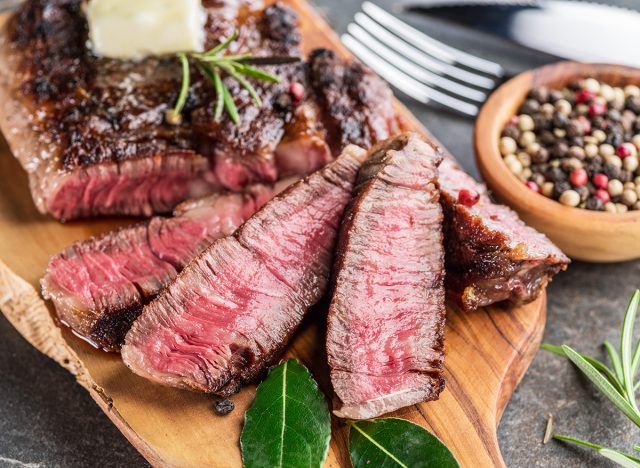
Not all red meat is created equal. "Grass-fed beef is a great source of omega-3s and conjugated linoleic acid (CLA), which is a type of fat that helps you burn fat," says Asprey.
Lamb
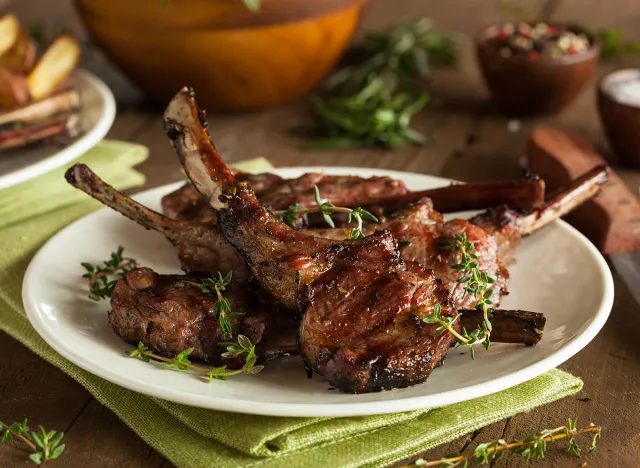
Asprey also recommends lamb, "loaded with L-carnitine, a compound that helps your body convert the fats you eat into energy," he says.
Bison and Other Wild Game
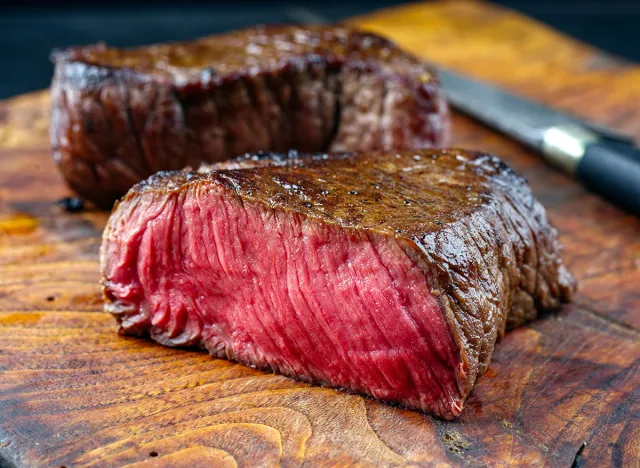
Bison and other wild game are also on his top protein list, "loaded with vitamins and minerals, game meat is also higher in protein per ounce than most other meats," he explains.
Grass-Fed Organ Meats
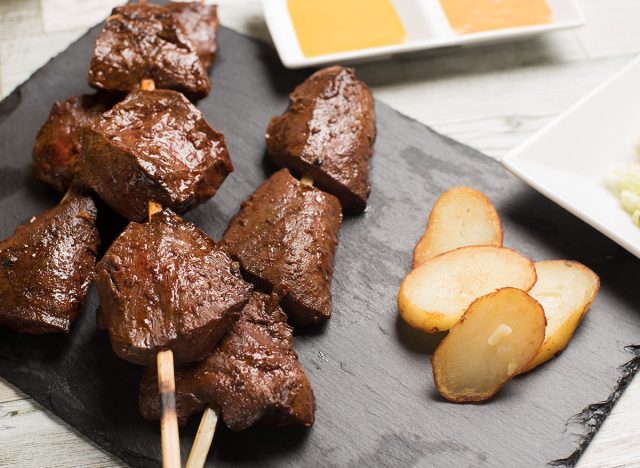
Grass-fed organ meats, "like liver and heart," are surprisingly food for weight loss. "These are some of the most nutrient-dense foods on the planet," Asprey explains. "They're high in B vitamins and minerals." However, he recommends limiting liver consumption to about 1 oz per day to avoid high uric acid levels. "You really only need one ounce to get the benefits."
Related: The 11 Supplements Everyone Should Prioritize, According to a Nutrition Expert
Pasture-Raised Eggs
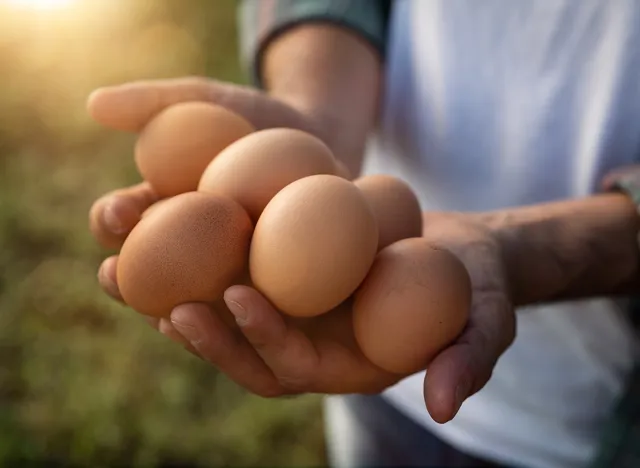
You might want to look into where your eggs are coming from. Pasture-raised eggs are the best for weight loss, according to Asprey. "The yolks are where you can find all the good stuff like vitamin D, lutein (an antioxidant), and choline (which is essential for healthy cell membranes)," he notes.
Wild-Caught Sockeye Salmon

As for fish, wild-caught sockeye salmon is good for losing weight. "Omega-3s help reduce inflammation levels," Asprey tells us.
Grass-Fed Collagen Protein
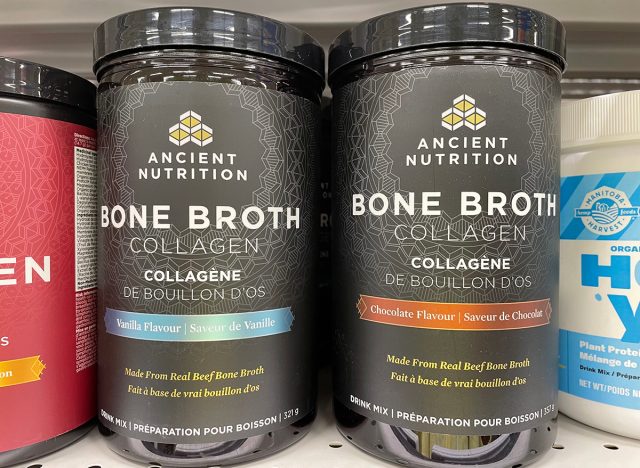
If you want to drink your protein, grass-fed collagen protein is the way to go, Asprey maintains. "It is great for your hair, skin, nails and joints. It's also a wonderful source of glycine, an amino acid that most people don't get enough of," he says.
RELATED: 20 Superfoods for People Over 50
Oysters and Mussels
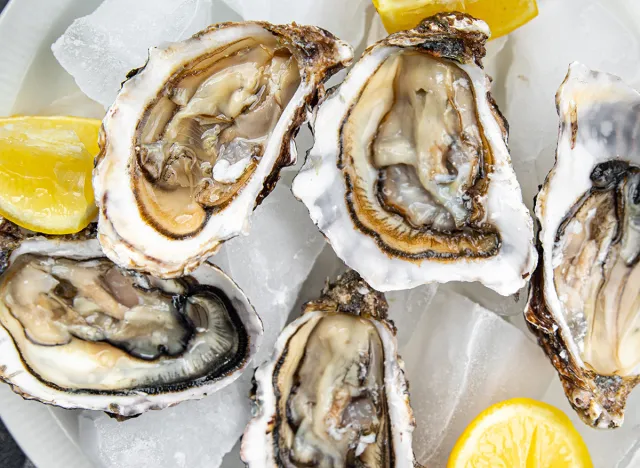
Crustaceans can also help you lose weight, but stick to oysters and mussels, "loaded with bioavailable minerals," says Asprey.
Grass-Fed Colostrum
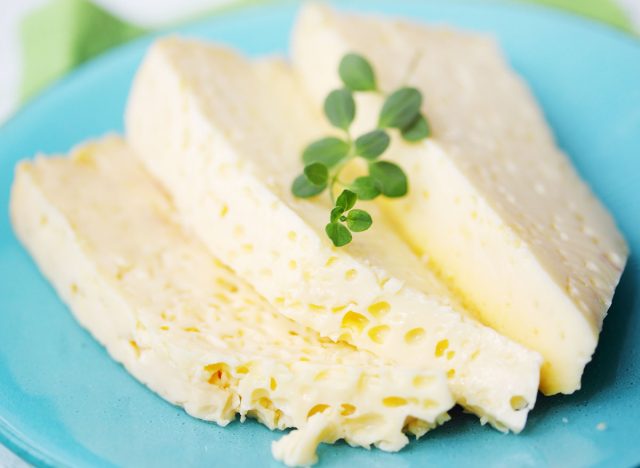
Grass-fed colostrum should also be on your shopping list, as it "contains important and unique immune-boosting compounds and growth factors that promote cellular rejuvenation," says Asprey.
Grass-Fed Whey Concentrate
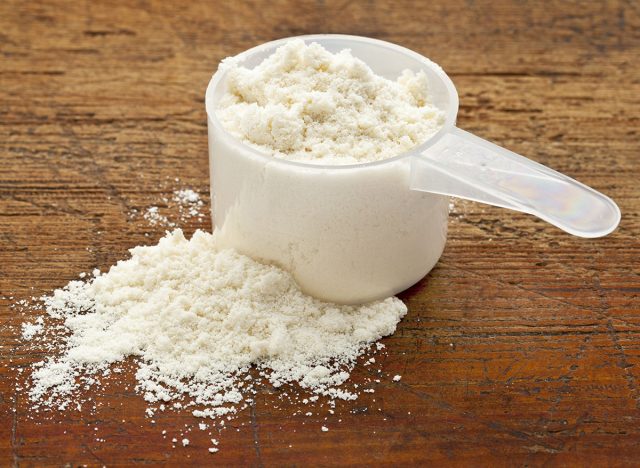
Grass-fed whey concentrate is another great supplement. "If you can tolerate dairy, this is a very absorbable form of protein," Asprey maintains. "It also increases your glutathione levels, which is your body's master antioxidant and detoxifier."
Heritage Breed/Pasture-Raised Pork
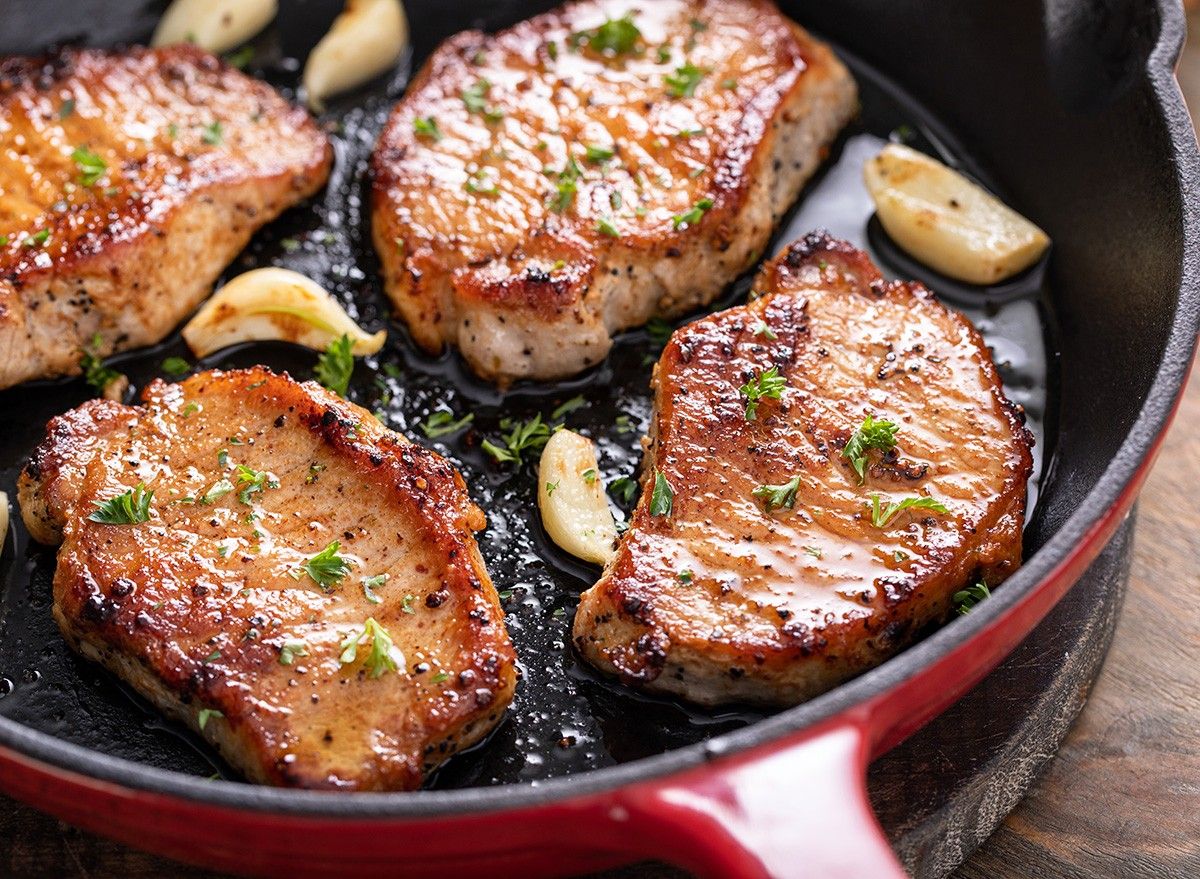
If you are going to eat pig, heritage breed/pasture-raised pork is your best bet, says Asprey. "Most conventional pork contains too many inflammatory omega-6 fats, but pasture-raised pork has a better fat profile," he explains. Even in moderation, "pasture-raised pork can help you get your protein and B vitamins."
💪🔥Body Booster: If you are trying to lose weight, opt for high quality protein sources that will offer other weight-loss and health benefits.




